The Canadian Transportation Museum
and Heritage Village is a Vast Portal to The Past
Story by Matthew St. Amand
Photography by Michael Pietrangelo
If there is one museum in Essex County that represents this region’s history, it is the Canadian Transportation Museum and Heritage Village (CTMHV). Celebrating fifty years at its current location, the CTMHV is often described by visitors as “the best kept secret in the region.”
“This is actually our seventieth anniversary,” says Les McDonald, board chairman. “We started as the Historic Vehicle Society of Ontario in 1954 and moved to this property in 1973. That’s the year we became the Canadian Transportation Museum and Heritage Village.”
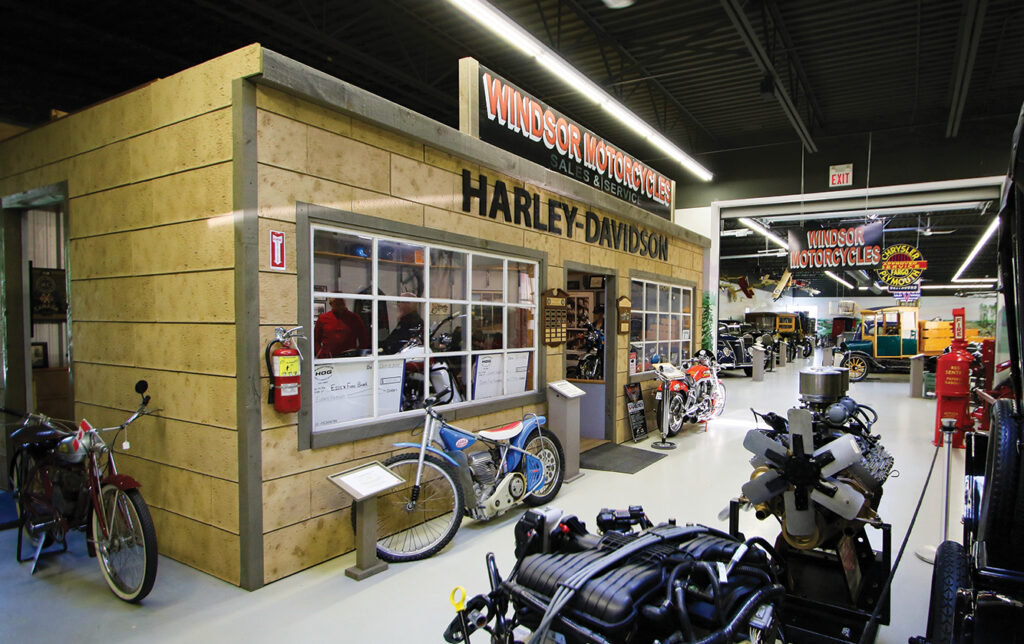
The Historic Vehicle Society of Ontario began with a single vehicle: a 1921 Gray Dort touring car with 326 original miles on it. Windsor car enthusiast Alex Horen bought it for $135, tuned it up and had it back on the road by the summer. Around that time, he hosted a meeting with seven other car enthusiasts in his living room at the Towne and Country Motel on Howard Avenue to organize the formation of an antique auto club.
Twenty years later, the group had changed its name, obtained non-profit status, and acquired its second fifty-acre parcel of land between Kingsville and Harrow.
“And then the buildings started showing up,” Les explains.
Not only have residents of Essex County donated vehicles to the museum, but also whole, actual buildings.
“The Holden family donated a two-story cabin to us that dates back to 1864,” Les says. “It was moved here in 1995.”
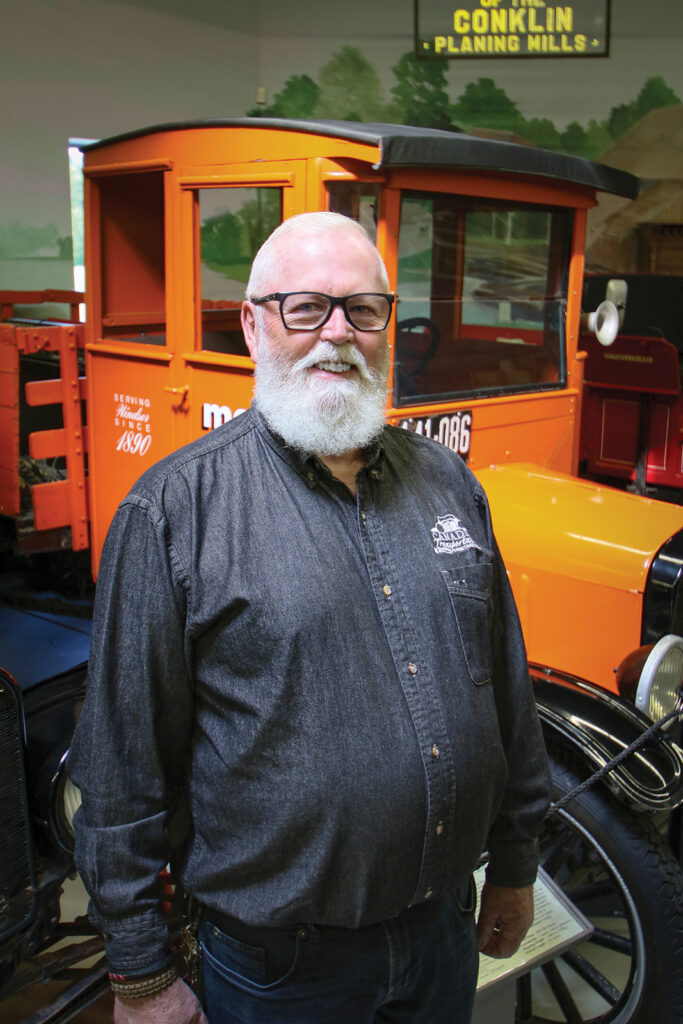
He continues: “We have Jack Miner’s original homestead. After his first wife died, Jack Miner married again, but his second wife refused to live in the house that his first wife lived in, so he built another. The home we have dates back to 1889 and all intact furniture came with it.”
Among other historic buildings, the CTMHV has a schoolhouse that dates back to the 1890s.
“We have an ongoing education program,” Les points out. “We do a summer camp, and all through the year we have school programs. Our education coordinator, Courtney Gregorian, works with school boards, showing homesteader lifestyle to area students—making candles, and experiencing all of the things the homesteaders went through in the early years of Essex County.”
The CTMHV also has a jail from the mid-1860s, which originated in Chatham. When the donation was made, the building was disassembled, brick by brick, and reassembled on the CTMHV’s property.
“Moir Crane Service does a lot of work with us,” Les notes. “They’ve been very generous with the use of their personnel and cranes!”
The museum also has a mid-1800s general store that came from Olinda—a recognized ghost town near Cottam. It is a two-story brick building. Half the building contains a wide array of items from the period that would be found in general stores of the time. The other half of the store displays items from the early 1900s.
“There is also a post office inside,” Les says, “and there is a big pot belly wood-burning stove that is still functional. We light that up in the wintertime for atmosphere.”
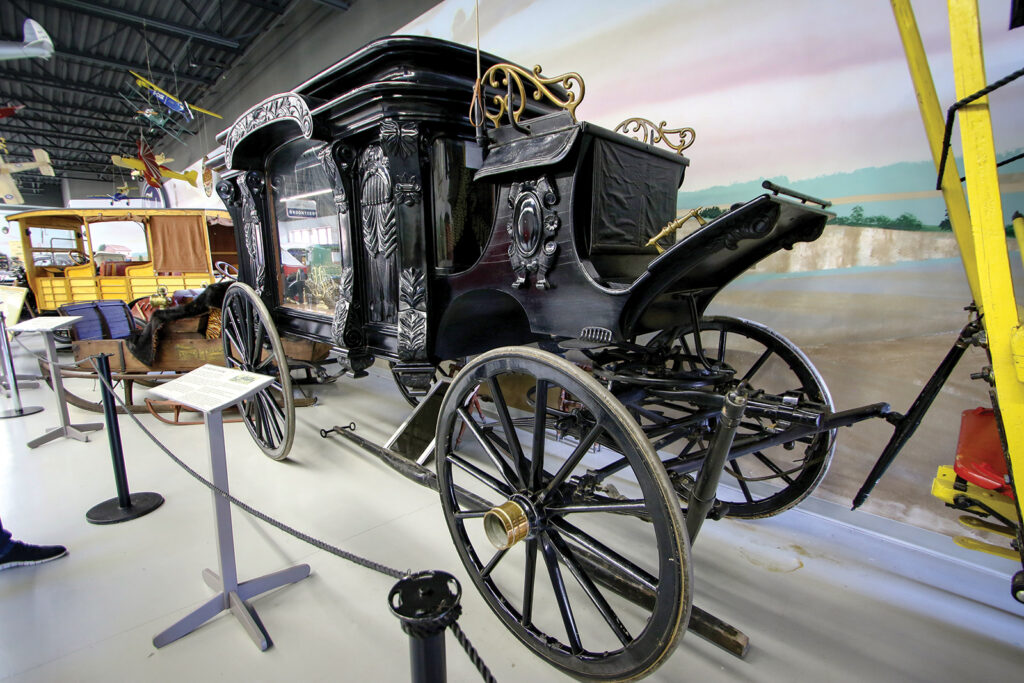
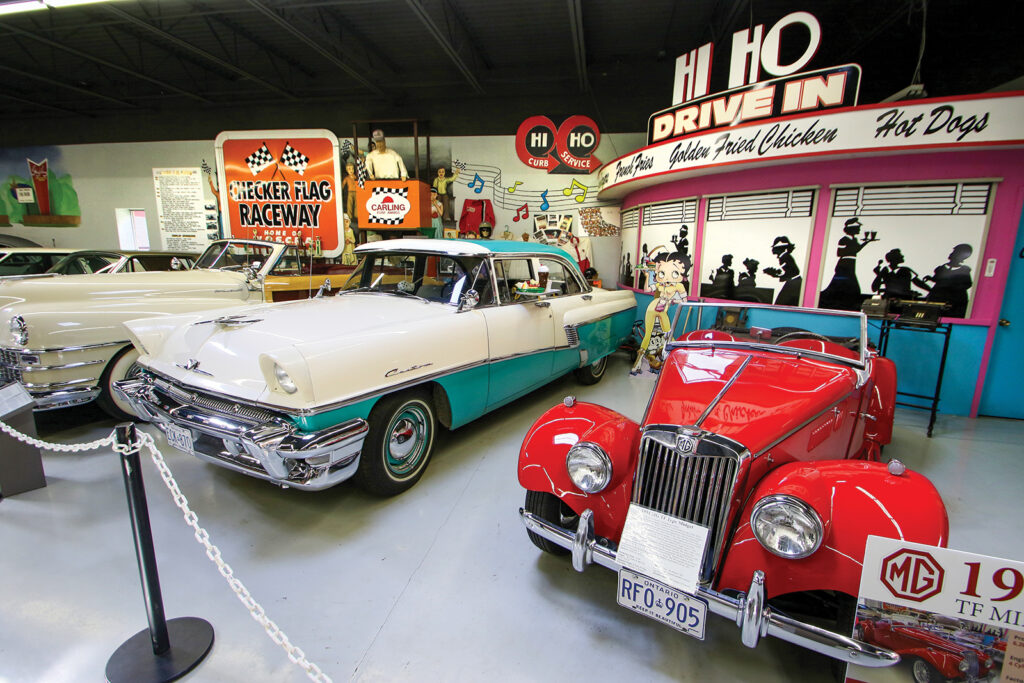
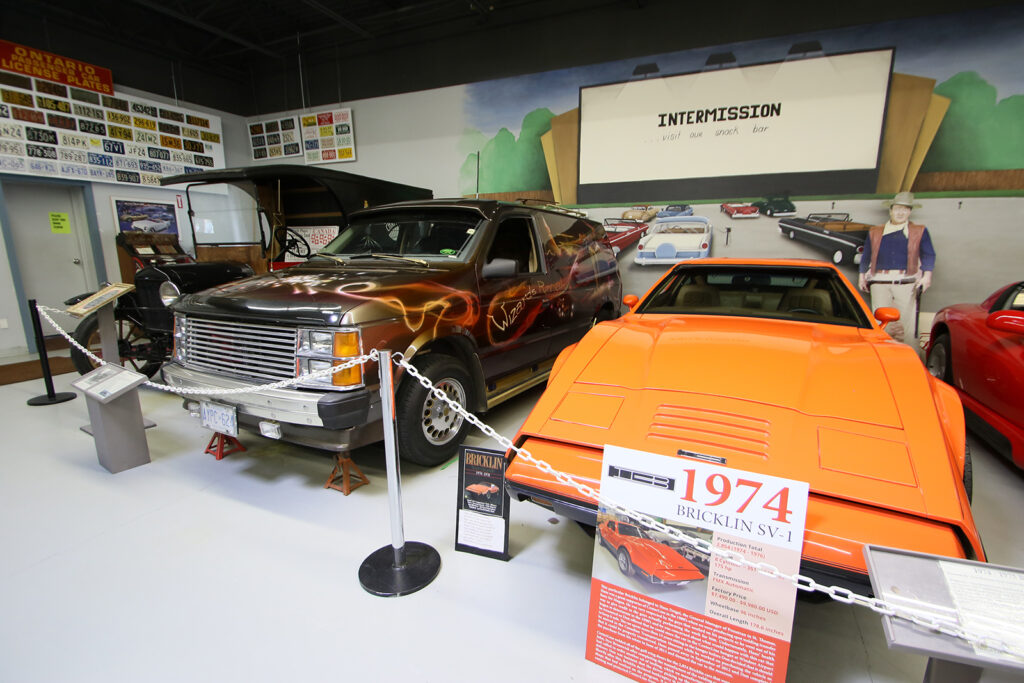
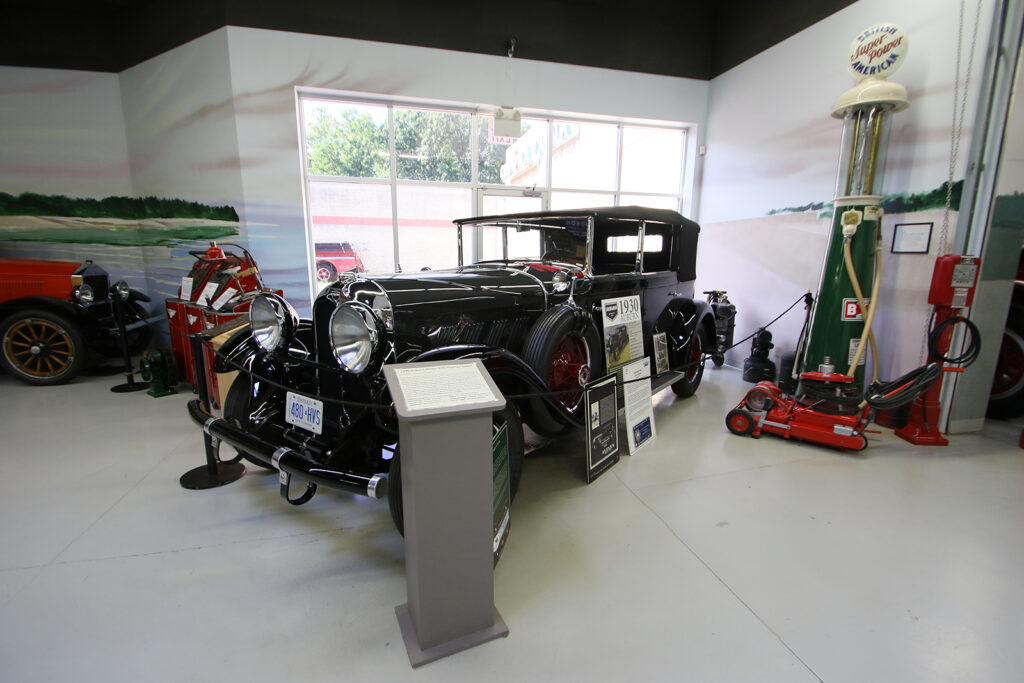
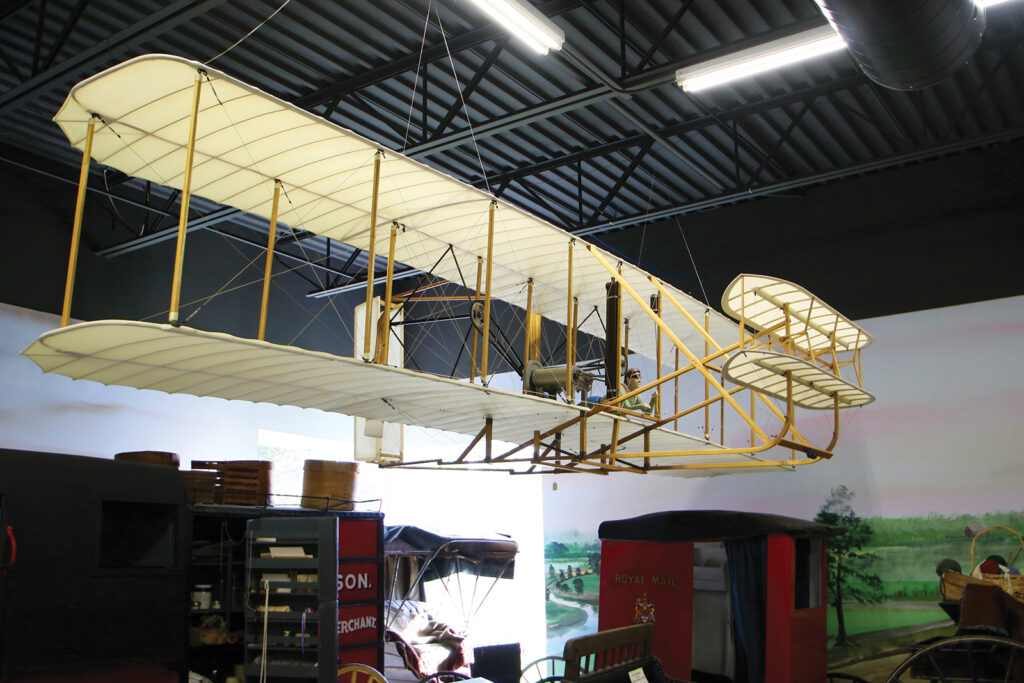
The CTMHV has six full-time employees. The rest of the people who keep the place running are volunteers.
“There is a lot of grass to cut!” Les says.
Les’ involvement with the CTMHV began more than twenty years ago. He was a part of bringing the motorcycle museum to the property.
“I belong to Windsor Harley Owner’s Club, and we raised $100,000,” he says. “We donated it to the museum and recreated the 1946 building that housed Windsor Motorcycle that was owned by Curly Ellis and Fred Finch.”
And then there is the museum’s automobile collection: “We have, arguably, the oldest production car built in Canada—an 1893 Shamrock built in Wardsville, Ontario by Charles and William Mimna,” Les says. “It has a one-cylinder engine, acetylene headlights, couldn’t drive much faster than walking-speed and did not have enough power to travel uphill! The company made three of these. The Shamrock is the first attempt at an internal combustion engine in Canada.”
There is a 1918 Model T owned by Moir—the first company to have one of its vehicles cross the Ambassador Bridge when the bridge was completed in 1928. Les points out that this Model T is not the truck that made the first crossing, but from the same fleet of vehicles that did.
“We’ve just acquired a 1929 De Soto that was built in Windsor,” Les continues. “The car is in British Columbia, right now. The owner got the museum’s name—he wants us to have the car because of the history. We’re in the process of raising funds to bring the car here.”
Another noteworthy donation is a 1937 Ford Coupe that once belonged to the Conklin family that owned Conklin Lumber.
“In fact, we also have a building out back and sawmill that was part of the Conklin Corporation, originally located in Kingsville.”
Among the vehicles is a black 1930 Model A roadster.
“A beautiful car,” Les says. “I like Model A’s. I’ve owned a few of them!”
One breathtaking display is a pristine hand-built horse-drawn hearse from the early 1800s.
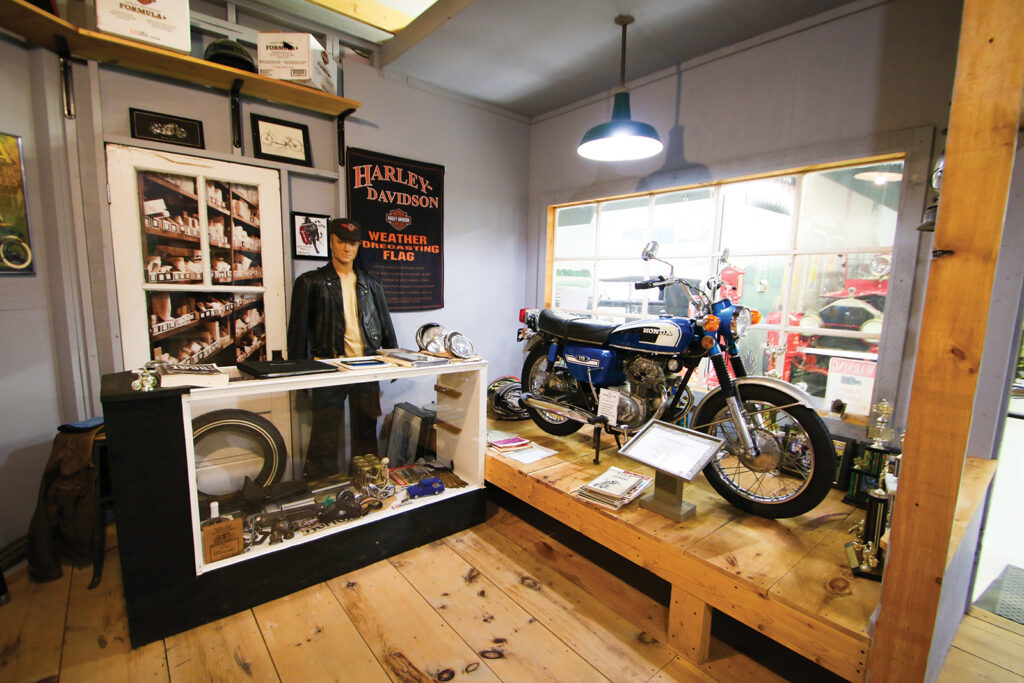
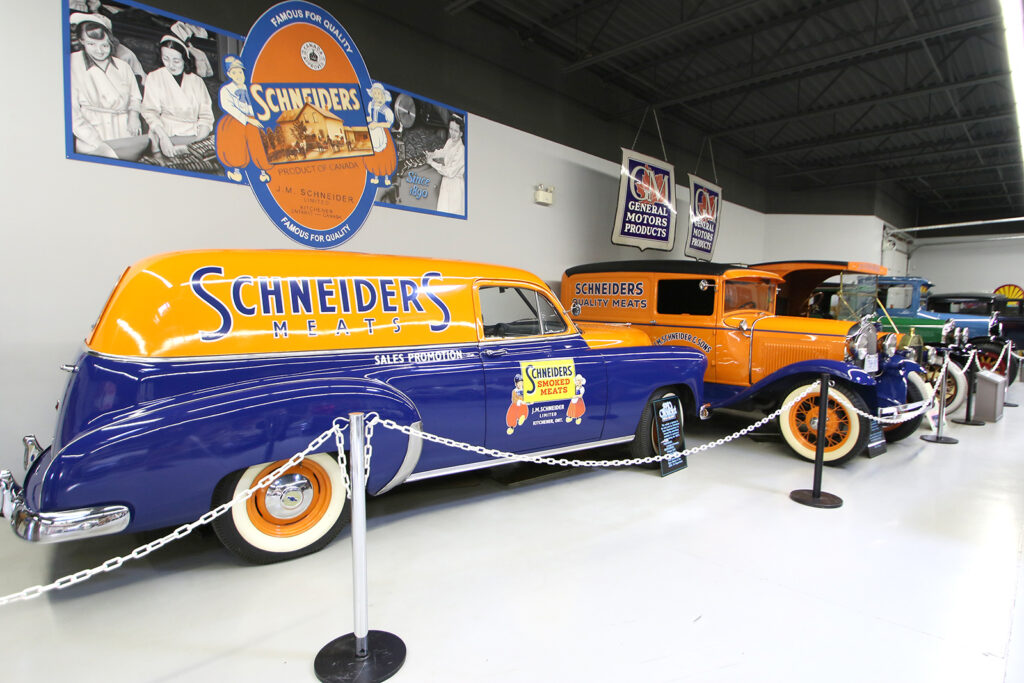
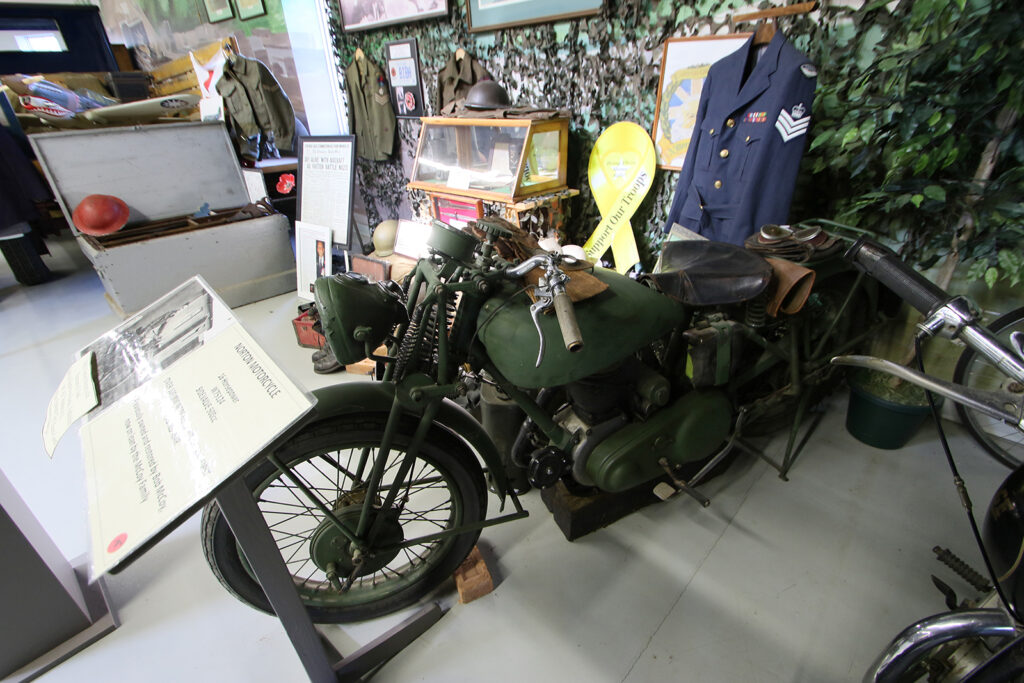
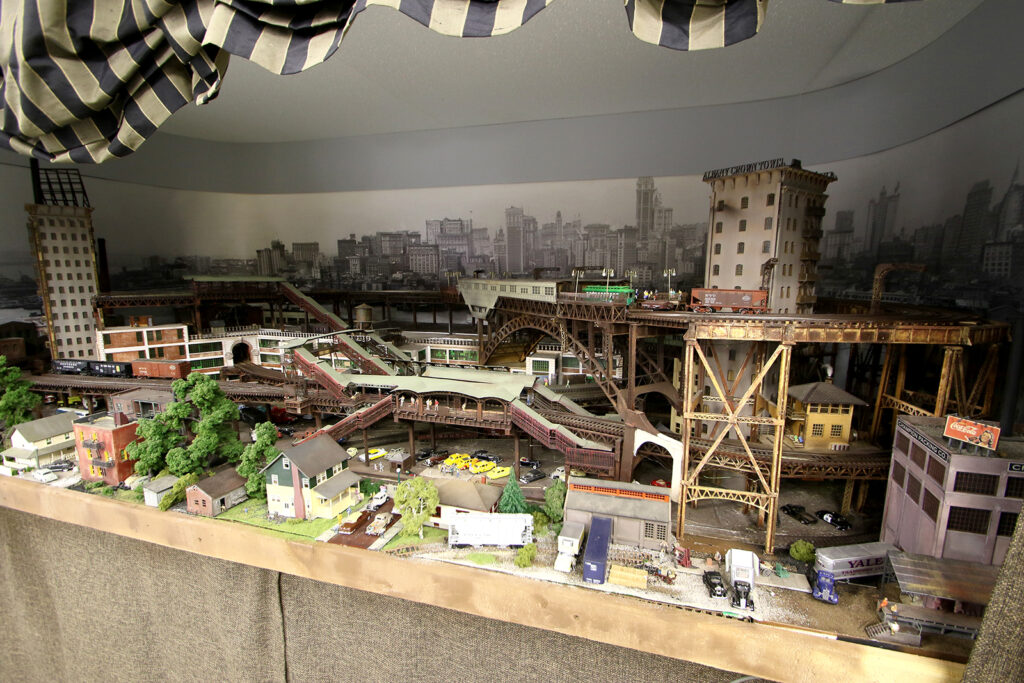
“It took two years to build,” Les says. “It has a frame where a portrait of the deceased person could be displayed. The hearse is all red oak, very hard wood, and not easy to carve! It has glass windows on both sides, and there is a trap door on the bottom. My guess is that the trapdoor allowed the hearse to be positioned right above the open grave and the casket lowered right into the earth.”
A person’s wealth and prominence in the community was indicated by the number of horses drawing the hearse.
Out front of the 1946 recreation of Windsor Motorcycle in the museum, there is a blue motorcycle.
“That is a Jawa flat track racer,” Les says. “It has a 400-cubic centimetre engine, can hit speeds over one hundred miles per hour, and has no brakes. These bikes were raced on the original horse track in Leamington.”
The museums’ 1956 Mercury custom is a four-door sedan.
“It had the first automatic transmission, the MercOmatic Transmission,” Les says. “The car sold for $2,630 brand new, back in the day!”
The red 1954 MG TF was donated by Michael Beneteau.
“Don Beneteau, co-founder of Centerline, was a member and a great benefactor to the museum,” Les says. “That MG TF sold for $1,500 brand new. Another vehicle Don donated is a 1930 Auburn—one of the nicest, most prestigious cars we have.”
The CTMHV also has the only EMS museum in Ontario with a collection of early ambulances, and various types of equipment used decades ago by paramedics.
The museum may be the best kept secret in Essex County, but it is well-known beyond the county. The majority of visitors are from out-of-town, often finding out about the museum from Tourism Ontario. It is no surprise that cars from the museum’s vast collection are sought after.
“We license four to six of our vehicles per year for car shows and parades,” Les says. “We participate in community events, doing what we can to get our name out there.”
The CTMHV also has a fully functioning 1950s style diner where visitors can stop in for a bite to eat. Events are also welcome, with multiple venues to suit any occasion. Most recently, the CTMHV hosted the Highland Games and plans to do so again next year.
The Canadian Transportation Museum and Heritage Village is a non-profit labour of love, exquisitely maintained by its volunteers and enjoyed by a growing number of visitors. The CTMHV is open six days per week and has events occurring throughout the year. To learn more about the CTMHV and its events, its exhibits and offerings, visit them online at ctmhv.com.


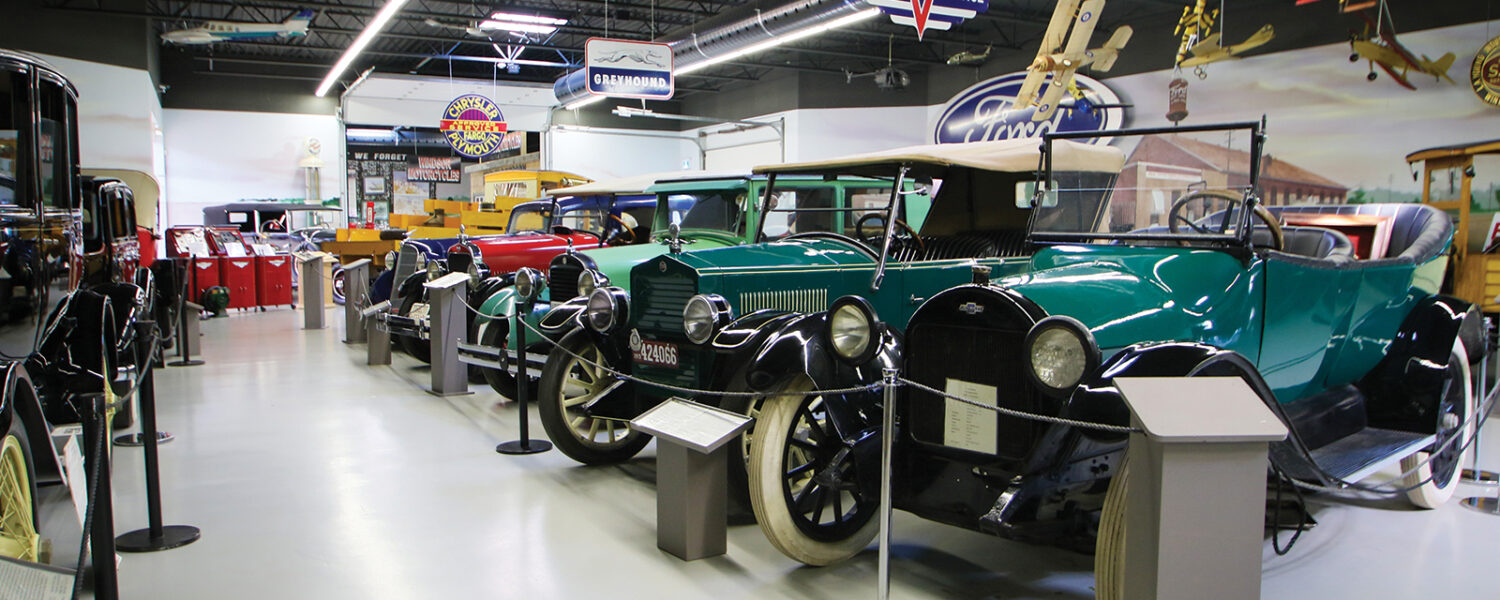

Add comment